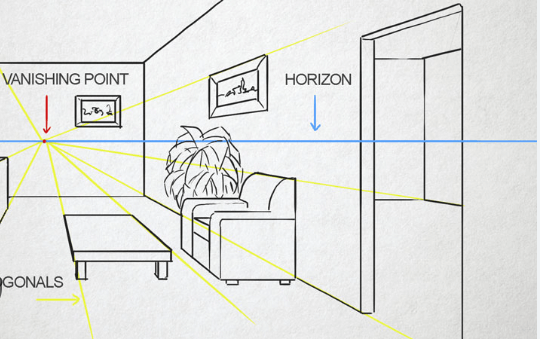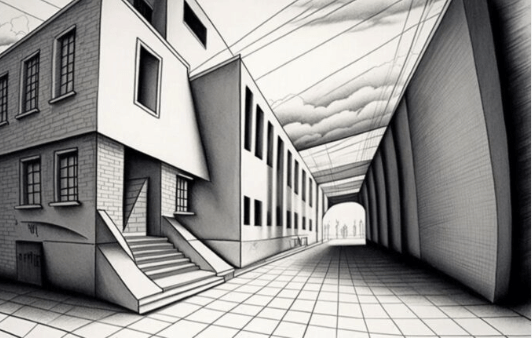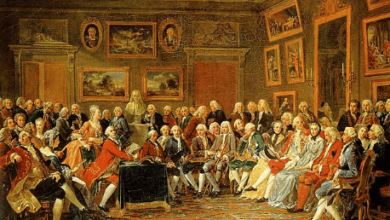Drawing:8jj9twq0s-8= Perspective

The concept of Drawing:8jj9twq0s-8= Perspective in drawing is fundamental for artists seeking to create a convincing representation of three-dimensional space on a two-dimensional surface. Understanding the distinctions between linear and atmospheric perspective, along with the nuances of techniques such as foreshortening, can significantly enhance an artist’s work. Yet, despite its importance, many practitioners overlook critical elements that can undermine their efforts. Exploring these techniques and the common pitfalls associated with them reveals not only the complexity of perspective but also the subtle power it holds in artistic expression. What might be the key to overcoming these challenges?
Understanding the Basics of Perspective
One might say that understanding the fundamentals of Drawing:8jj9twq0s-8= Perspective is essential for any artist seeking to create realistic and compelling compositions.
The concepts of vanishing points and horizon lines serve as foundational pillars in this pursuit.
Vanishing points guide the viewer’s eye, while horizon lines establish the viewer’s perspective, allowing artists to simulate depth and dimension, ultimately enhancing the authenticity of their artwork.
Read More Drawing:8hd4j7on7aw= Blue Whale
Types of Perspective Techniques
Building upon the foundational principles of vanishing points and horizon lines, various perspective techniques can be employed to enhance artistic expression.
Linear perspective, including one, two, and three point perspectives, offers structured depth, while atmospheric perspective utilizes color to create distance.
Foreshortening techniques add realism, contributing to dynamic composition.

Together, these methods empower artists to explore and convey their unique vision freely.
Practical Exercises for Improvement
Engaging in practical exercises is essential for artists seeking to improve their Drawing:8jj9twq0s-8= Perspectiveskills.
Dynamic exercises, such as drawing from life or creating complex compositions, enhance spatial awareness and help artists visualize depth effectively.
Incorporating varied viewpoints and scales into practice can stimulate creativity, allowing artists to break free from conventional boundaries and develop a more profound understanding of perspective in their work.
Common Mistakes to Avoid
Many artists, regardless of their skill level, often fall prey to common mistakes when tackling perspective in their drawings.
Read More Drawing:8gtxlkklmps= Book
Neglecting to establish accurate vanishing points can lead to distorted representations, while overlooking depth cues may result in flat images.
To achieve convincing depth, it is essential to harmonize these elements, allowing your artwork to resonate with a lifelike quality that captivates the viewer’s imagination.
Conclusion
In conclusion, mastering Drawing:8jj9twq0s-8= Perspective is essential for creating realistic drawings that effectively convey depth and dimension. By utilizing techniques such as linear perspective and atmospheric perspective, artists can enhance their work significantly. For instance, envision a bustling cityscape where towering skyscrapers recede into the horizon, their heights diminishing and colors fading, illustrating the principles of perspective in action. Continuous practice and awareness of common pitfalls will ultimately lead to improved artistic expression and a more profound understanding of spatial representation.





